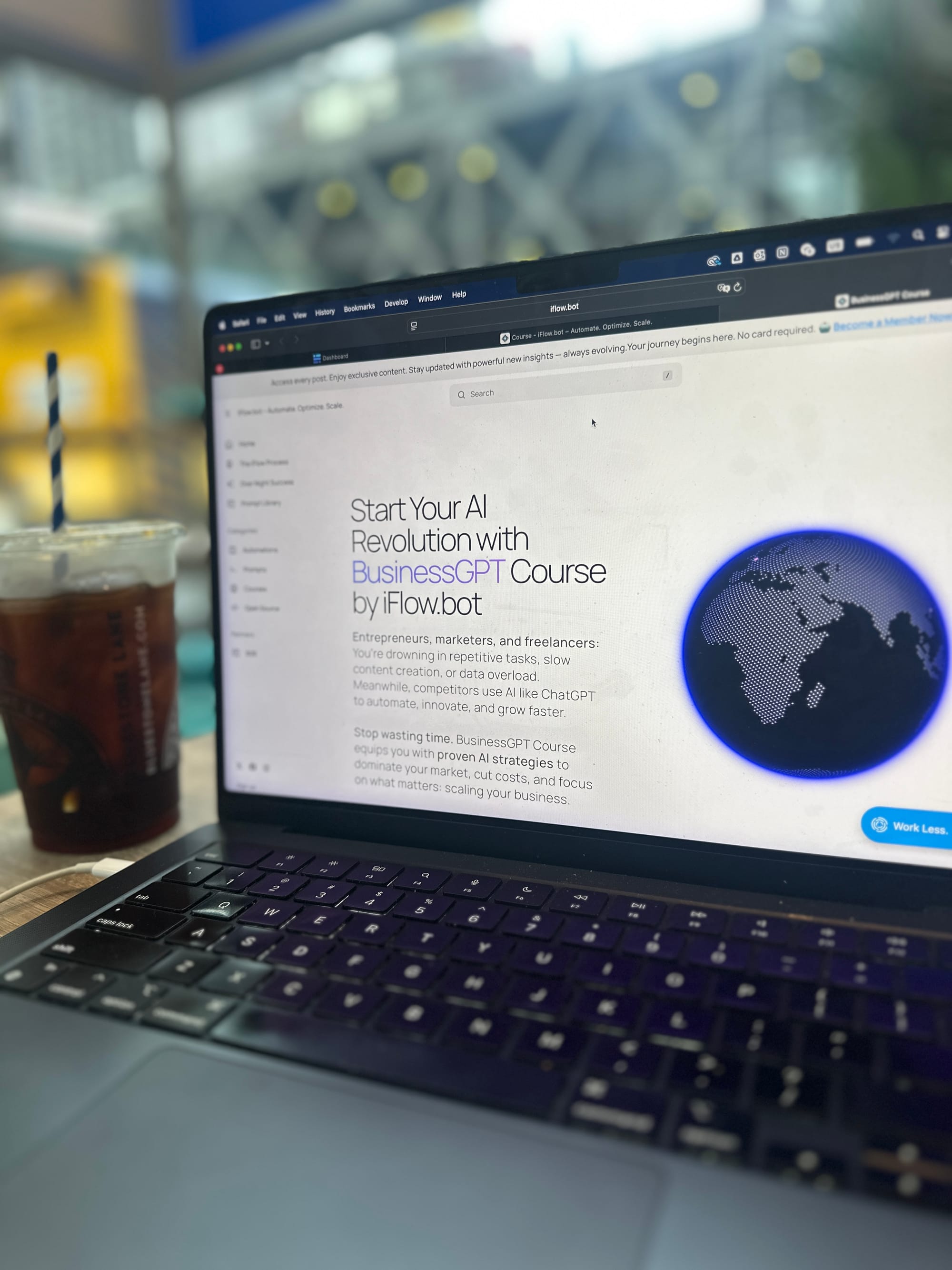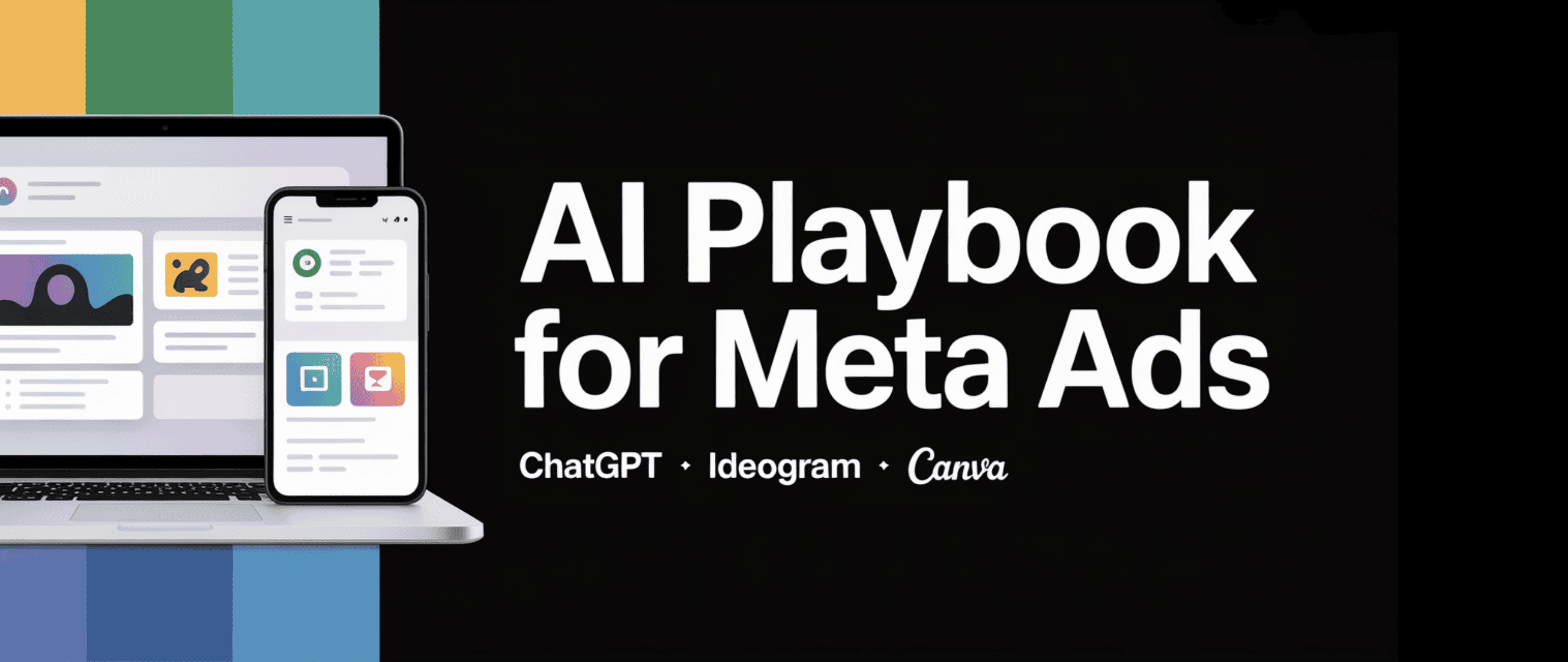The State of AI NYC: Why 85.4% of Businesses Are Already Behind
I walked into Microsoft’s NYC HQ on May 15, 2025, expecting buzzwords and brochures. What I got was a gut-punch: only 14.6% of companies surveyed by CODE Magazine are truly ready to automate with AI. The rest? Chasing hype, drowning in unstructured data, or stuck in “AI everything” paralysis. If you’ve been waiting for AI to “be here,” newsflash, it’s already rewriting the playbook.
Event Highlights: No-Nonsense Rundown
- Keynote – Markus Egger: How even non-engineers can leverage the exact same models as dev teams—no local server, no heavy dependencies, just ChatGPT on the web.
- Session – Mike Yeager: Common traps that derail AI projects—and how to dodge them.
- Panel – Laurabeth Barker et al.: Real-world wins and wipeouts.
- Deep Dive – Philipp Bauer: Practical steps to embed AI in your apps.
🔥 Stand-Out Insight with Markus Egger
“You’re running the same models [engineers] build, just via the web.”
He described his bespoke, locally hosted setup with extra security layers, and we realized: the output is identical. The difference is accessibility. AI isn’t a gated club for engineers anymore, it’s a jetpack for anyone willing to learn fast.
Spam Automation Case Study
CODE Magazine’s in-house team once employed full-time staff to triage incoming form emails. They spent hundreds of hours each month sorting spam from legit leads. After they captured those human-labeled data points, they trained a simple spam-filter model, and redeployed the team to higher-value work. Result:
- 0 hours wasted on spam sorting
- Human resources freed up for business growth
- Model still running today, evolving with new data
Lesson: You need that human-in-the-loop phase to build reliable AI.
The Brutal Truth: Top AI Pitfalls
Nobody prepared for AI. Your databases are a mess of Excel sheets, wandering docs, and random CSVs. Cleaning costs double what most companies budget, and it’s non-negotiable.
Thinking AI can solve every problem in one giant, magic model. Reality check: you need small, tuned models for each task, spam filtering is not the same as customer-support triage.
The Goosebump Moment at Microsoft HQ
Your First Brutal Steps to AI Readiness
- Audit Your Data: Do you even know what you’ve got? Chart every data source, table, and field.
- Define a Single Use Case: Pick one pain point spam filtering, invoice processing, lead scoring—then build a tiny pilot.
- Train with Humans In-Loop: Label data, test the model, redeploy your people to supervise and improve it.
How iFlow.bot Moves You from “Not Ready” to Live in 90 Days
We’re launching our BusinessGPT Course later this year—an accelerated program that:Teaches your team to wield ChatGPT for real tasksGuides you through data-structuring frameworksHelps you spin up and monitor a pilot model in under three months
No fluff, no grey-area theory just step-by-step, ROI-driven automation.

What’s Next in the AI Arms Race?
Look for micro-models tuned to vertical-specific tasks, think a “lawyerGPT” that handles NDAs or a “recruiterGPT” that pre-screens resumes. As companies realize big monster models aren’t the answer, these smaller warriors will dominate. Get ready to integrate them into your workflows, not by next year, but by next quarter.













Discussion